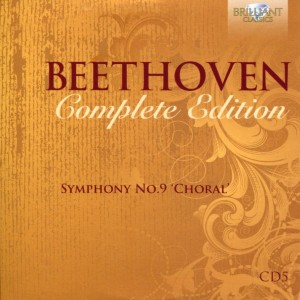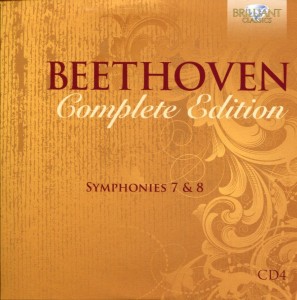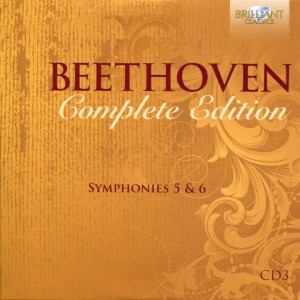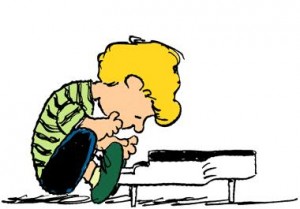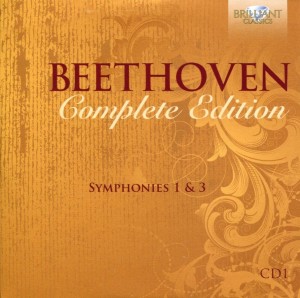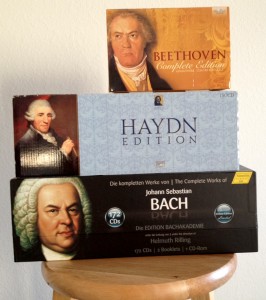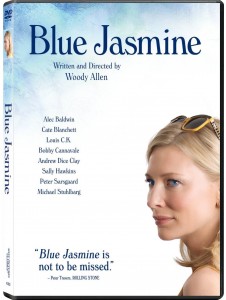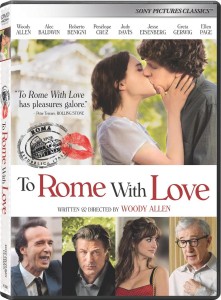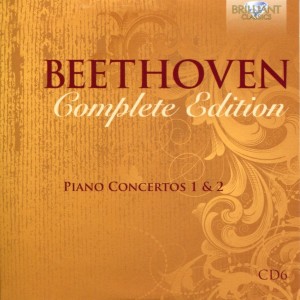 Some parts of Beethoven’s Piano Concert No. 1 in C Op. 15 remind me of Chopin – dreamy, ethereal, and very pretty.
Some parts of Beethoven’s Piano Concert No. 1 in C Op. 15 remind me of Chopin – dreamy, ethereal, and very pretty.
Other parts, remind me of something Glenn Gould would play – a dramatic flurry of notes that astound for their speed and complexity, the musical equivalent of one of those tour buses that winds its way along narrow mountain roads with one wheel hanging over the precipice.
There’s also a bit of Rachmaninoff‘s brazen complexity in this music. It reminds me of the movie Shine in which pianist David Helfgott (played by Geoffrey Rush) suffers a mental breakdown during a competition at which he plays the “Rach 3” (Rachmaninoff’s 3rd Concerto).
And that’s just in the first movement (“Allegro con brio”).
Now’s a good time to bring back the link to Wikipedia’s Tempo and Mood Markings entry.
Movement II (“Largo”) brings it down, retards the pace a bit, makes it more ponderous, give listeners a chance to recover from the con-brio onslaught of Movement I.
Movement III (“Rondo: Allegro scherzando”) ramps it back up again. Its tempo and mood markings indicate this is to be played briskly and playfully. And it is that. In spades.
I hate to sound like a moron. But I had no idea Beethoven was this gifted. These compositions rock me back in my chair. I’m astounded.
I keep waiting to find a favorite. But they’ve all been favorites. I’d listen to everything I’ve heard so far again. And again. It’s perfect music as Continue reading

